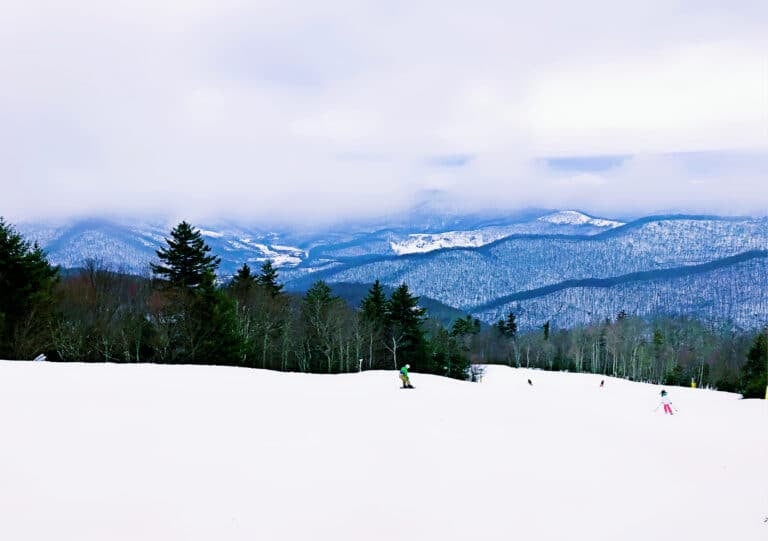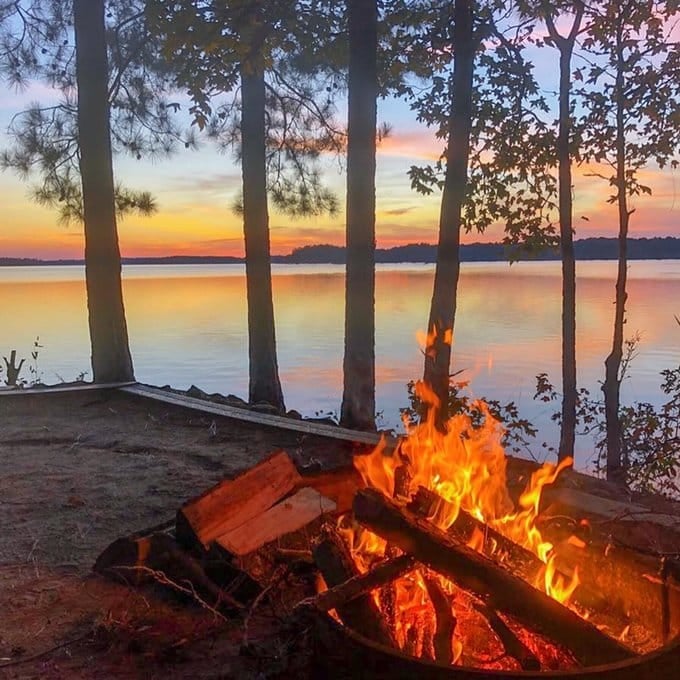Photo: Izzy Gifford climbs at the Riverrock Climbing Comp in Richmond, VA
Have climbing gyms ruined rock climbing—or opened it to new audiences?
Climbing’s popularity has skyrocketed in the last few years, thanks in part to both its induction into the Olympics beginning in Tokyo next year and recent films like The Dawn Wall and Free Solo, the latter of which earned an Oscar.
While some are excited about increased recognition, others balk at it hitting the mainstream. Many climbers feel that the indoor disciplines can never be compared to their outdoor origins. Another segment is concerned about the potential negative impacts this exposure could have on our mountains. But many others believe novice climbers are a positive force, amplifying the industry’s voice and actively participating in the maintenance and protection of beloved crags.
“Climbing can be intimidating,” says Kevin Tobin, co-owner of Peak Experiences climbing gym in Richmond, Va. “So many people believe that they’re too this or too that, but I tell them if you can use a step ladder, you can walk in the door and be successful.”
Bouldering in particular has a comparatively low barrier to entry; just a pair of shoes, some chalk, and a friend’s guest pass, and you can tackle problems inside in no time. Bouldering was a small part of Peak Experiences when the center opened its doors in 1998, but today, it’s exploding.
Many climbing gyms started in the 1980s and ‘90s in empty warehouses with homemade walls, designed to mimic real rock, founded by and for outdoor climbers as winter and wet-weather training grounds. Today of course, most outdoor climbers also climb indoors. Modern gyms seem cater to all sorts of clientele; according to IndoorClimbing.com, there may be over one hundred indoor climbing centers open in this magazine’s distribution area, including smaller walls in community centers and universities.
“Expectations of what a climbing gym should look like has changed a lot; over the last ten to twelve years, they’ve rapidly evolved,” says Andrew Kratz, Managing Partner and Founder of Triangle Rock Club (TRC), which has four locations in North Carolina and one in Richmond, Virginia, that opened in 2018. He and fellow TRC Managing Partner Joel Graybeal acknowledge that now, you walk into any gym and are greeted by bright colors and creatively-shaped holds. “Gyms are no longer trying to replicate outdoor climbing. [Indoor climbing] has become its own thing, and you have more people participating inside than will ever climb outside,” they say. “Still, [new members] are learning our narrative of safety, Leave No Trace, and general good practices for stewardship from day one.”
A far smaller segment of folks remain steadfastly outside, vowing to never step foot on a neon hold. One Virginia recreator who preferred to remain anonymous is not a fan of gyms. He feels that their “artificial walls create an engineered experience,” insisting that he’ll always prefer real rock. Another veteran crag-frequenter expressed concern with how the sport’s popularity could threaten the health of and access to favorite areas, believing too many novice gym climbers make their way outside without the proper training and etiquette, often ignorant of Leave No Trace principles.
Zach Lesch-Huie sees things differently. He’s the Southeast Regional Director and National Affiliate Director of The Access Fund, a decades-old organization officially established in 1991 “on a mission to keep climbing areas open and conserve the climbing environment.” He points out, “There is a tendency to demonize new climbers, or gym climbers, as the source of the worst impacts to our crags. This isn’t really accurate, and it doesn’t help us come together to tackle these challenges as a community. As climbers we all have impacts, and we share a responsibility to try to make these impacts positive and lasting.”
More crag access is one of those impacts. “Occasionally, landowners are now the first to call us to say they have a potential crag, instead of us calling them. They ask us to check it out and maybe help them open it. The Red River [Gorge] area is an example of local landowners realizing the value in having property in climbing areas.” He also mentions that, “The Southeast is known for opening climbing areas on private lands. There have been lots of great success stories, but this sometimes obscures the fact that there are big, important areas on federal public lands here, too.”
Many are attracted to climbing for that special brand of aliveness felt in pushing boundaries and discovering new strength. Scaling vertical spaces is a direct proving ground with immediate feedback. “The wall is a perfect mirror,” says Tobin, “If you’re thoughtful, purposeful, and assertive,” you’ll get that returned. “If you’re impatient or act haphazardly, the wall reflects that back at you.”
Tobin agrees that while a significant portion of gym-goers won’t ever ascend routes outside, he believes they contribute toward the outdoor climbing movement’s critical mass. He remarks that indoor climbers can be and frequently are involved in crag stewardship and accessibility initiatives, like those launched by partnerships between gyms, local climbing coalitions, and larger organizations like The Access Fund. When the community was much smaller, those political battles were often more difficult.
Graybeal, in a video about Triangle Rock Club for Visit Raleigh, says that “Climbing has a tendency to attract highly intelligent people because there’s problem-solving aspects of it, there’s mental resolve, technique, coordination, balance, and strength. To be a successful climber, you have to wrap all those things together.”
So, how can this diverse body of athletes and conservationists all work together to save our crags and ensure responsible access for generations to come? “It’s often said that ‘the mentor is in the mirror,’” says Lesch-Huie. “The onus is on all climbers who came before to set the best possible example at crags, to take the opportunity to show people the right way to go about it. I was lucky to have good mentors who taught me to be respectful to the crag and land owners. Mentoring and low-impact practices are critical. We all share the responsibility to take care of places we climb.”







